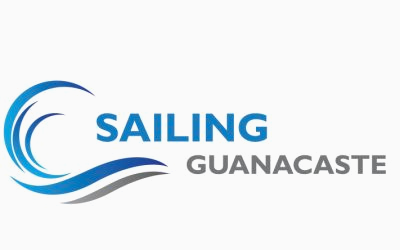The most beautiful beaches in the Guanacaste Conservation Area
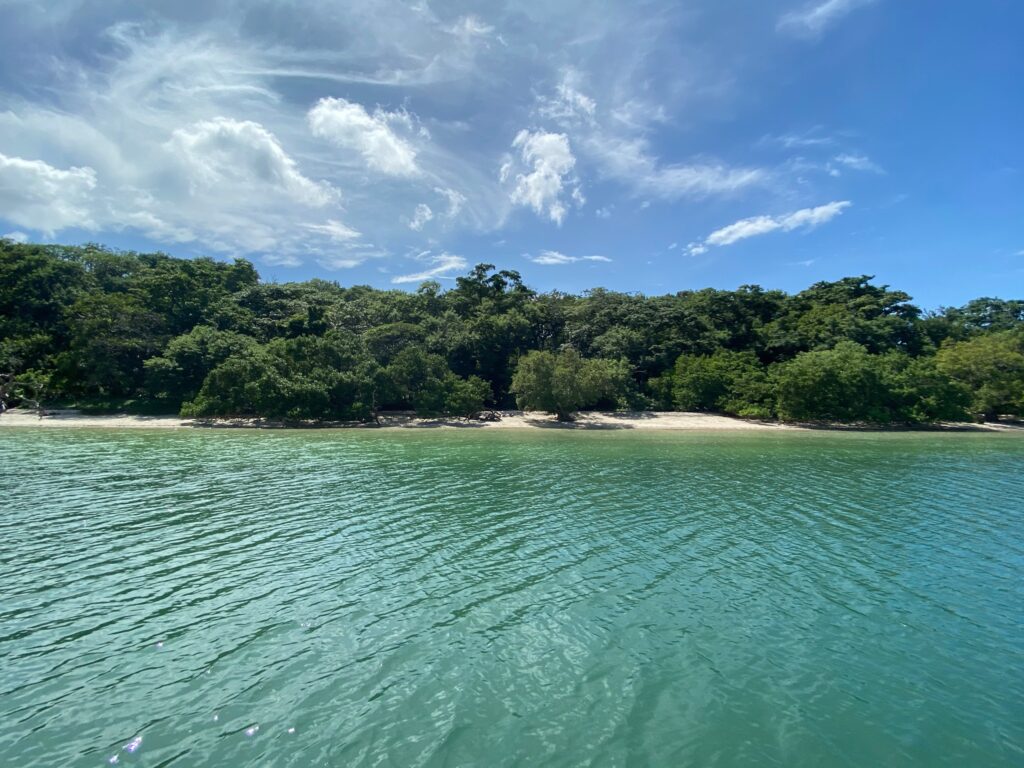
Besides their unique scenic beauty, the beaches of the protected area are completely undeveloped, which adds to their fascination.
The beaches of Bahia Santa Elena, Playa Blanca and Bahia Junquillal
The Guanacaste Reserve is home to a number of endangered species of tropical dry forest and also has paradisiacal beaches. In addition to their unique scenic beauty, the beaches of the reserve are completely undeveloped, which adds to their fascination.
The Guanacaste Conservation Area (ACG)
The AGC (Spanish acronym for Área de Conservación Guanacaste) stands for Guanacaste Protected Area and covers 13% of the province of the same name and a lion’s share of the northwest of Costa Rica. The protected area includes the 42,000 hectare marine area “Sector Marino” as well as the Santa Rosa National Park with the sectors Murciélago, Santa Rosa, Junquillal, Playa Naranjo and the Rincón de la Vieja National Park with the sectors Pailas and Santa Maria, as well as the forest station Los Horizontes. AGC hosts 335,000 species, representing 2.6% of the world’s biodiversity.
In other words, the ACG protects more terrestrial animal and plant species than are found in Mexico, the United States, and Canada combined. In 1999, the protected area was declared a World Heritage Site by UNESCO. After its creation in 1986, it then included Santa Rosa National Park (established in 1971) as its base.
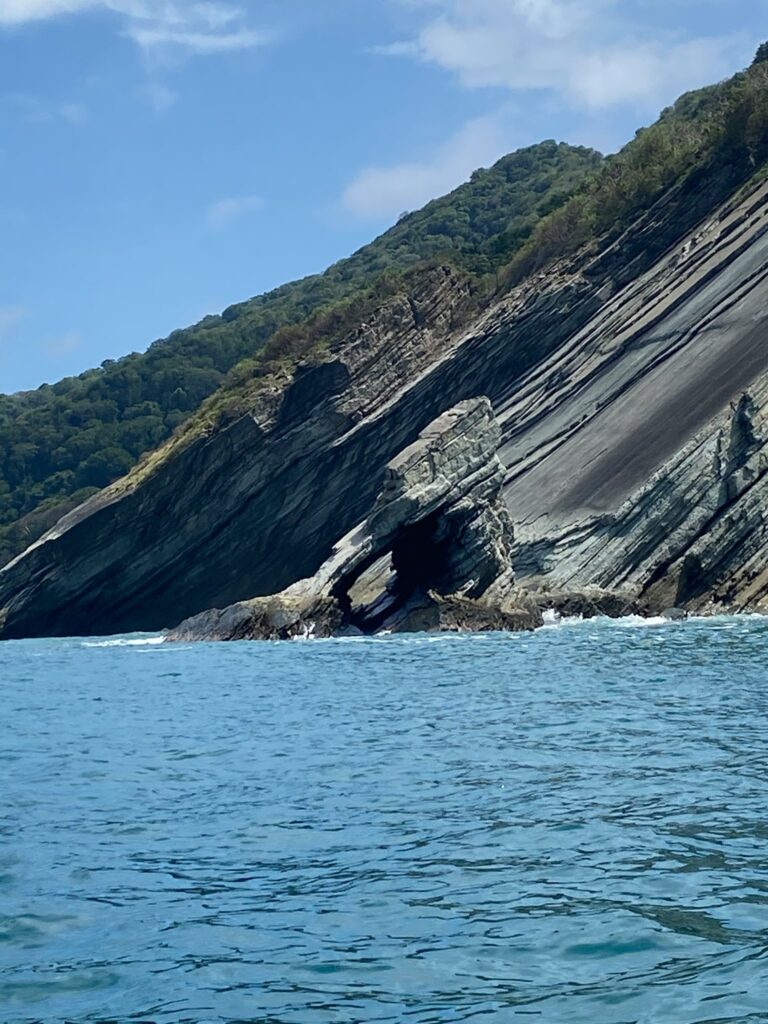
ACG’s goal was to protect and preserve the entire dry forest area and the ecosystems of the neighboring cloud forest, rainforest and marine area (coastal strip). Today, the prohibition of construction by the civilian population and a strict ban on deforestation are still valid as conditions.
The guiding principle of the Protected Area of Guanacaste (ACG) was the successive purchase of private lands bordering the Santa Rosa National Park, between the Interamericana Highway and the Orosi and Cacao Volcanoes. This vast area has sufficient forest cover to ensure the restoration, survival and conservation of dry forest organisms.
The quiet Bahia Santa Elena bay
Santa Elena Bay is located in the Murciélago sector of Santa Rosa National Park and is accessible from the municipality of Cuajiniquil either by boat or (if road conditions permit) by land. It takes about 45 minutes to get there by boat.
The bay is located halfway between Cuajiniquil and the extreme tip of the Santa Elena Peninsula.
The sea with corals and pointed rock formations is particularly clear and calm and offers first class conditions for snorkeling.
Due to the prohibition of fishing in the protected area, rare fish species such as the colorful coral fish, eels and stingrays are found here.
The outback of Bahia Santa Elena offers a series of unexplored hills, valleys and dry forests, as well as mangroves in the south and west, where the bay turns into the sector of Playa Naranjo.
Santa Elena is undoubtedly one of the wildest, most remote and interesting areas in the country.
One of the most incredible sites within the Santa Elena Bay is Playa Sortija, the most enchanting white sand beach. Surrounded by nothing but blue ocean and endless mountains and tropical dry forest, this incredible crystalline and calm water beach is home to Eagle Rays, Nurse Sharks and simple a panorama beyond belief.
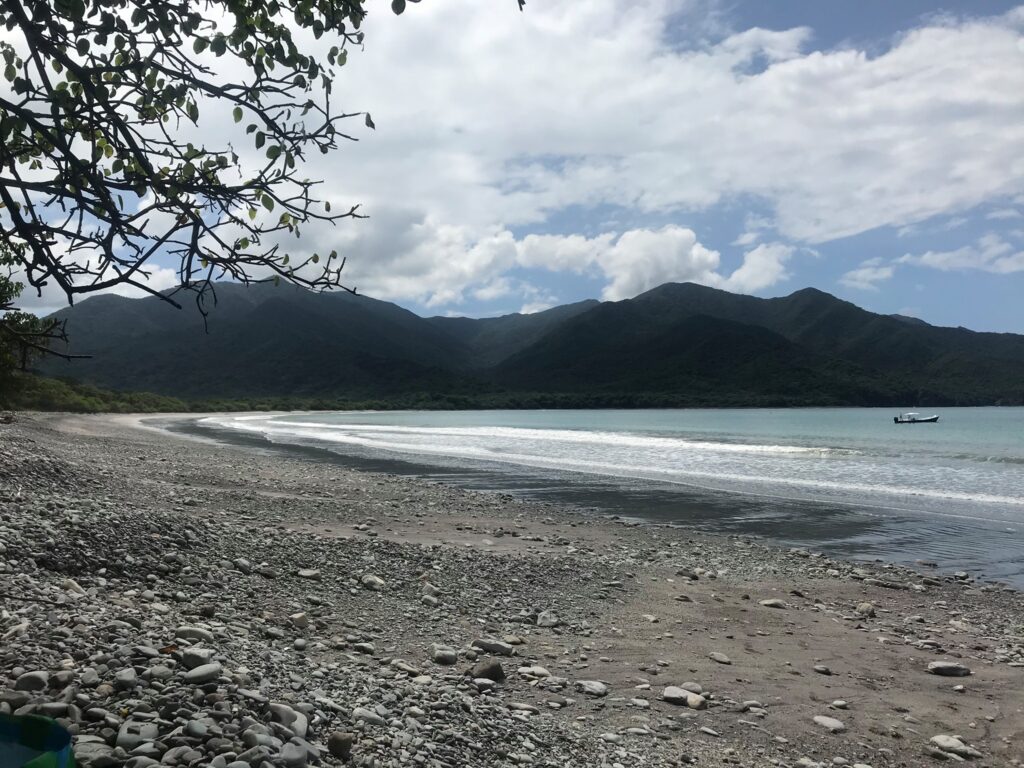
The fairy tale beach Playa Blanca
If you continue by boat from Bahia Santa Elena in a westerly direction, the path leads past a cliff of the peninsula directly to Playa Blanca.
The beach is surrounded by mountains up to 850 meters high and the hinterland includes thousands of hectares of tropical dry forest, where among other things many wild animals like jaguars live.The beach itself is a 3km long fine sandy beach with a tropical backdrop.
Playa Blanca is also suitable for swimming and snorkeling. Here you will find sea turtles, manta rays and all the other marine species typical of the Pacific waters of Costa Rica.
The charming bay of Junquillal
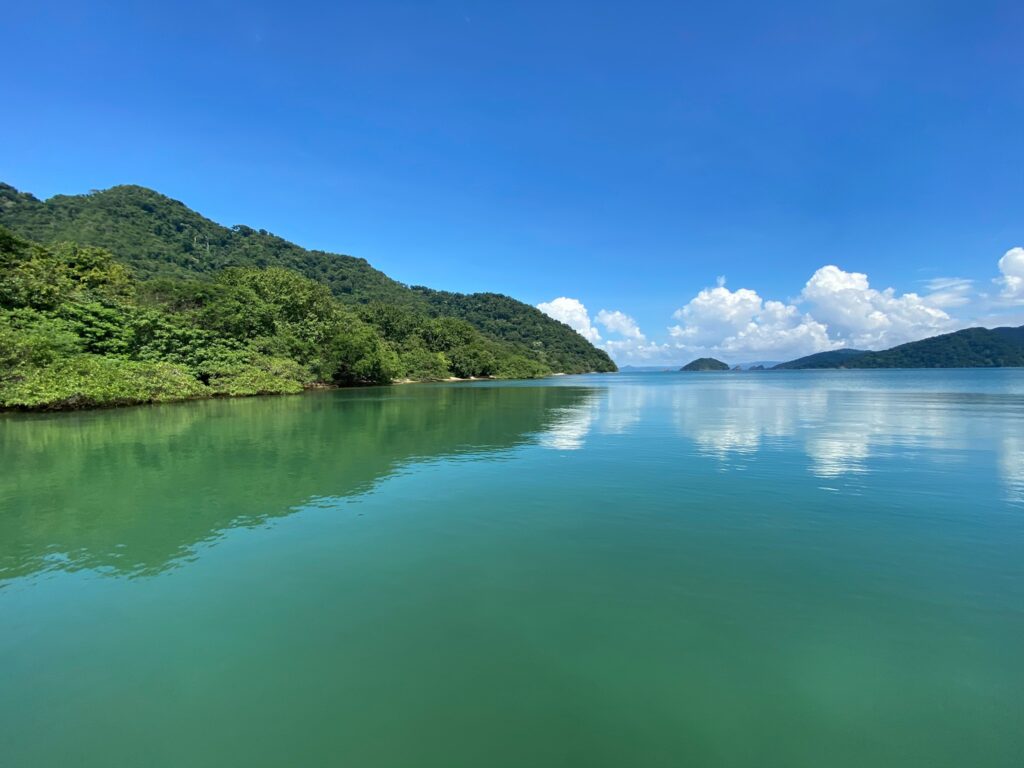
In the north of the Santa Elena Peninsula, in the Murciélago sector, between Cuajiniquil and El Jobo, there is a small wildlife refuge called “Bahia Junquillal”.
The bay can be reached by car by taking a shortcut north between the village of Cuajiniquil and El Jobo.
There is an entrance fee to Junquillal, and trails lead through the rainforest of the refuge.
The beautiful beach is characterized by a calm sea and its endless expanse and without civilization, and is particularly suitable for families and camping.
